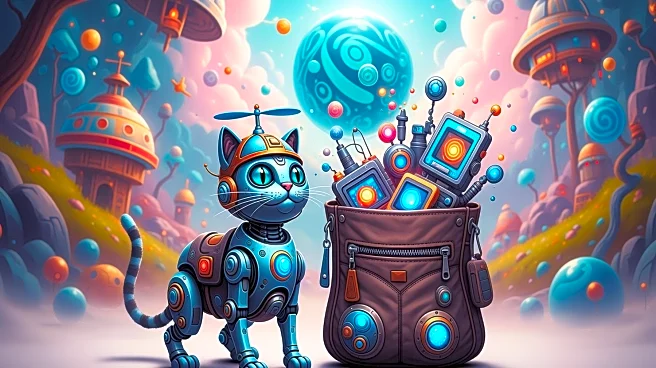What's Happening?
Japanese streaming platform Abema has released its list of the top five most-watched anime for Summer 2025, highlighting a divergence from global viewing trends. The list includes Dandadan Season 2, The Summer When
Hikaru Died, Sakamoto Days, The Water Magician, and Kaiju No. 8 Season 2. While Dandadan and Kaiju No. 8 are popular both domestically and internationally, other titles like The Summer When Hikaru Died and The Water Magician have resonated more with Japanese audiences. This contrast underscores the varied preferences between Japanese viewers and international fans, who favor different genres and storytelling styles.
Why It's Important?
The differences in anime preferences between Japanese and global audiences reflect broader cultural and entertainment consumption trends. Japanese viewers tend to favor stories with local emotional resonance and nostalgia, while international audiences lean towards character-driven romances and newer shonen adaptations. This divergence can influence how anime studios prioritize projects and market their content globally. Understanding these preferences is crucial for producers aiming to cater to both domestic and international markets, potentially affecting the types of anime that receive funding and development.
What's Next?
Anime studios may continue to analyze these trends to better tailor their content for diverse audiences. The success of certain titles in Japan could lead to increased investment in similar genres or storytelling styles. Conversely, international popularity might drive studios to focus on globally appealing narratives. As the anime industry grows, producers may seek to balance domestic and international interests, potentially leading to more collaborations and cross-cultural projects.
Beyond the Headlines
The divergence in anime preferences highlights the cultural nuances that influence entertainment consumption. It underscores the importance of cultural context in storytelling and the potential for anime to serve as a bridge between different cultures. This trend may encourage more nuanced and diverse narratives that reflect a broader range of experiences and perspectives, enriching the global anime landscape.











